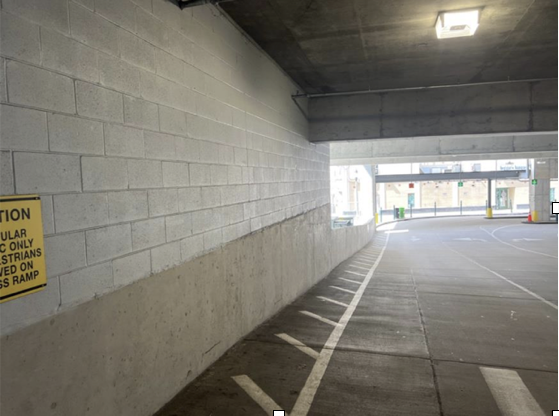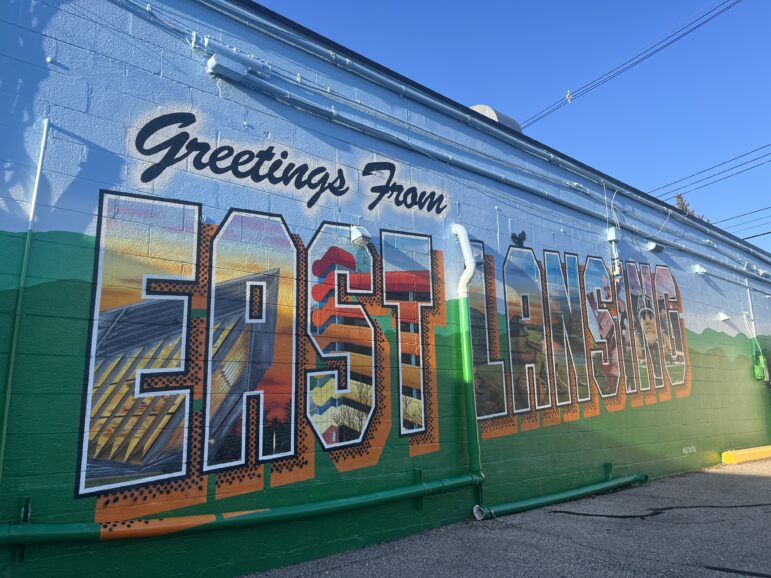

East Lansing’s public art scene is no stranger to vibrant murals, unique sculptures, and quirky architecture. If it depends on the Art Programming and Placemaking Specialist Wendy Sylvester-Rowan, the city will look even more lively soon. She presented her idea for a vinyl digital art mural project at the Feb. 15 East Lansing Arts Commission meeting. If the commission approves it next month, this will become the first digital art installation in East Lansing history.
Sylvester-Rowan described digital art as “any artwork that draws upon digital technology as an essential part of its creative process.” This could include digital drawings, paintings, and pictures, among other art forms. Sylvester-Rowan said she introduced the idea to represent local artists of all different mediums–not just traditional murals.
“To me having a diversity of materials of mediums is important,” Sylvester-Rowan said. “You know, so all artists working in all different mediums are represented.”
Arts Council of Greater Lansing Communications Manager Dawn Marie Gorman said this project would allow local artists to challenge themselves.
“Anytime there are opportunities for [artists] to apply for a chance to have their work seen and for them to expand the medium that they work in, that’s really exciting and challenging for all artists,” Gorman said.
Art Festival and Art Initiative Coordinator Heather Majano said she believes there will be interest among artists in the area for this project, especially considering the immense number of applications the Arts Commission has received for installations recently. She added that digital art would bring a different variety to the community.
“It would add new artists to the pool, it would add a different variety of art to choose from, and I think it would just kind of broaden the horizon of art within the community,” Majano said.
While the proposed project is still in the planning stages, one aspect to consider is the influence of AI-generated art, said Sylvester-Rowan.
“Is that necessarily a negative thing?” asked Sylvester-Rowan. “Is it a positive thing? Could it be used in some way to help the artists? I don’t know that answer, but it is something we would need to consider if, in fact, this project moves forward.”
Gorman said that public art projects guided by the community help create a sense of pride among local residents.
“If those pieces of art are chosen, or if the projects are guided by the community, then the art reflects the community and it creates a sense of pride by the people who live in that area,” Gorman said.
Majano agreed. She said that carefully curating art projects in the community allows for accurate representation.
“To walk into a community and not see yourself represented in the art can kind of make you feel like you’re not welcome,” Majano said. “But by making sure that people feel represented in the art, it’s showing that we’re not just performatively accepting of people, we are showing that we made the space for them.”
To Sylvester-Rowan, a city’s investment in public art shows her that the area is truly cared about.
“When you come around the corner and you see these nooks and crannies that have been improved by a piece of artwork, a mural, these vinyl-adhered murals, to me, that makes all the difference in showing that downtown is cared for.”